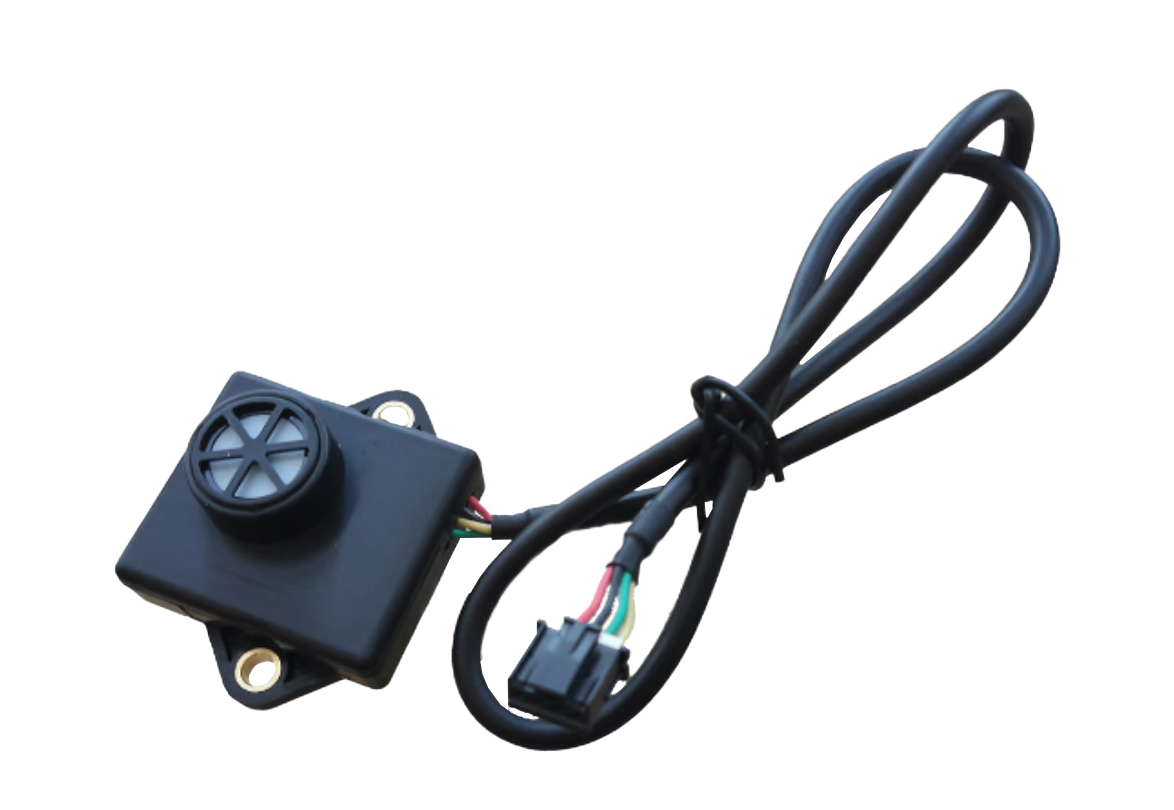Hydrogen Sensors
Hydrogen sensors from Posifa Technologies detect hydrogen concentrations in the air by measuring the change in thermal conductivity of the gas mixture. This measurement approach provides better long-term stability, and enables a smaller form factor, than hydrogen sensors that are triggered by chemical reactions that eventually cause the sensor to degrade. Our technology also allows the hydrogen detection capability to be realized at much lower cost thanks to our highly repeatable, high volume CMOS MEMS technology.
Applications for our hydrogen sensors include safety monitoring in environments where hydrogen is used and stored, such as industrial processes, medical facilities, and automotive fuel cells.
The thermal conductivity principle of gas detection is based on the inherent differences in thermal conductivity of air and such gases as hydrogen, natural gas, methane, and carbon dioxide. To inquire about Posifa Technologies sensor developments for gas detection beyond hydrogen, please E-mail info@posifatechnologies.com.
Products

PGS1000 Series
The PGS1000 series of hydrogen sensors detects hydrogen concentration in air by measuring the change in thermal conductivity of the gas mixture. Learn more ...

PGS4100 Series
The PGS4100 series is optimized for detecting thermal runaway in battery management systems (BMS) and refrigerant leaks in HVAC systems. Learn more ...

